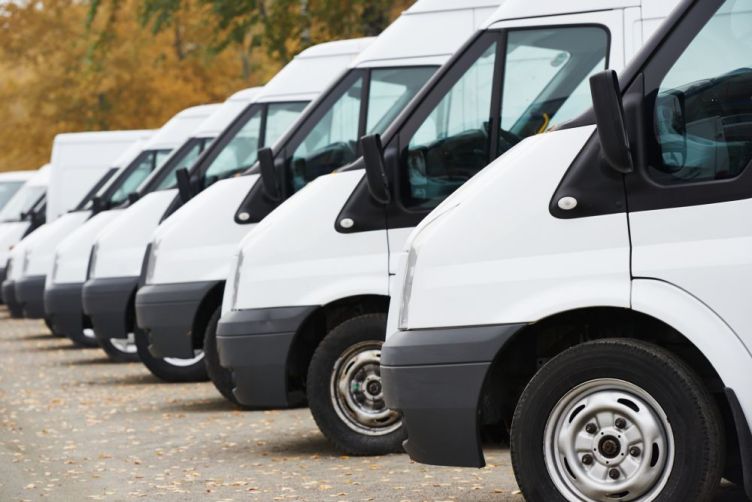If you need a van for your business, the first thing to decide is how you will finance your vehicle. A secondhand van might be more affordable but if you buy new then you will be covered for the warranty period, and your van will have more resale value
There are ways to acquire a new van that don’t involve a large payment upfront. If you lease, for example, you can get a new van in exchange for affordable monthly payments, along with a small initial fee. And at the end of the term you can return the van, then lease another new one. Bear in mind, however, that there are certain conditions you will have to meet.
Most lease agreements involve a mileage limit – you will be able to choose this yourself but the number of miles you do will affect the cost of your monthly payments. You will also need to return the van in good condition. You might have to pay penalty fees if you don’t stick to the terms of the agreement.
Another option is a contract purchase agreement. It works in a similar way to leasing – you pay monthly instalments along with an initial fee, but at the end of the agreement you can buy the van outright by paying a lump sum agreed at the start of the contract. Otherwise, you simply return the van in good condition to the supplier.
A finance lease agreement could be a suitable option if your business is VAT-registered. Again, you pay a monthly fee for the van, and the vehicle is included on the company’s balance sheet, with the outstanding rentals represented as a liability. You can reclaim up to 50% of the VAT payments. However, at the end of the agreement you can’t own the vehicle – it has to be sold to a third party.
Once you’ve decided how to finance your vehicle, you need to find a van that suits your business needs. Research your options – think about what you’ll be using your vehicle for and look at the various van types available to find the best match.
One of the key choices is size. It’s important to get this right or it could have a negative effect on your day-to-day operations. Think about what you need to carry in your vehicle and the size of van that’s practical for your needs, be it a micro van, full size or small lorry.
Also consider how many seats you’ll need, the type of doors you require (such as double doors at the back, shutters, sliding doors, etc), storage options (internal racks, ladder racks, roof rack, pipe carriers, etc) and the safety and security features you could benefit from. There are also options like ply lining, rubber floor, steps and bulkhead that might be relevant to your requirements.
Engine size and running costs are also key considerations. A V6 engine is the norm, but smaller four-cylinder vans are available for greater fuel economy. The vehicle excise duty (road tax) you’ll have to pay will depend on the year of the van’s registration and its Euro rating, so do your homework. Also find out how much you’ll need to pay for insurance before making your final choice.
Once you’ve decided on the type of van you need, shop around for the best deal. Look online for the latest offers and don’t be afraid to put your negotiation skills to use.











_59_59_80_s.jpg)
_(1)_59_42_s.png)















